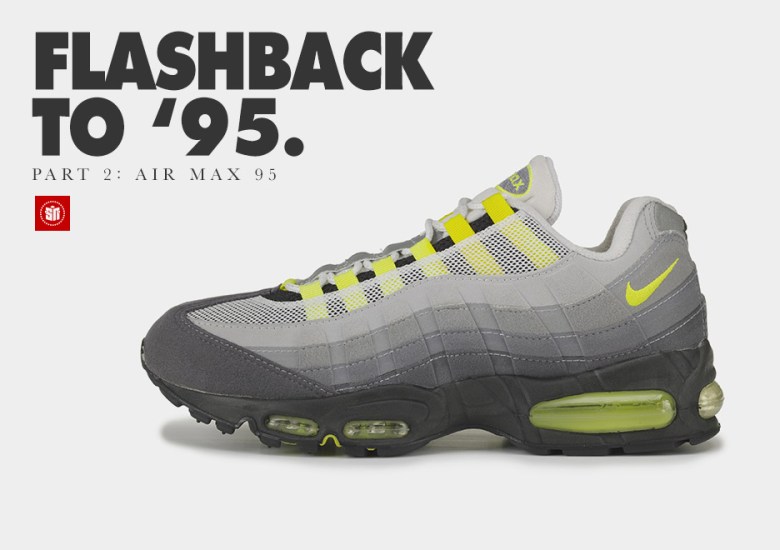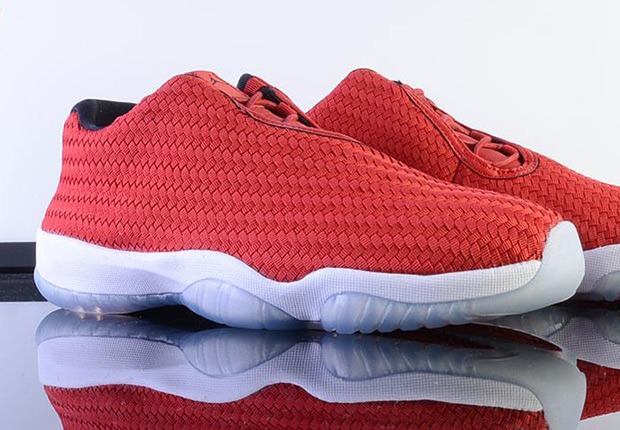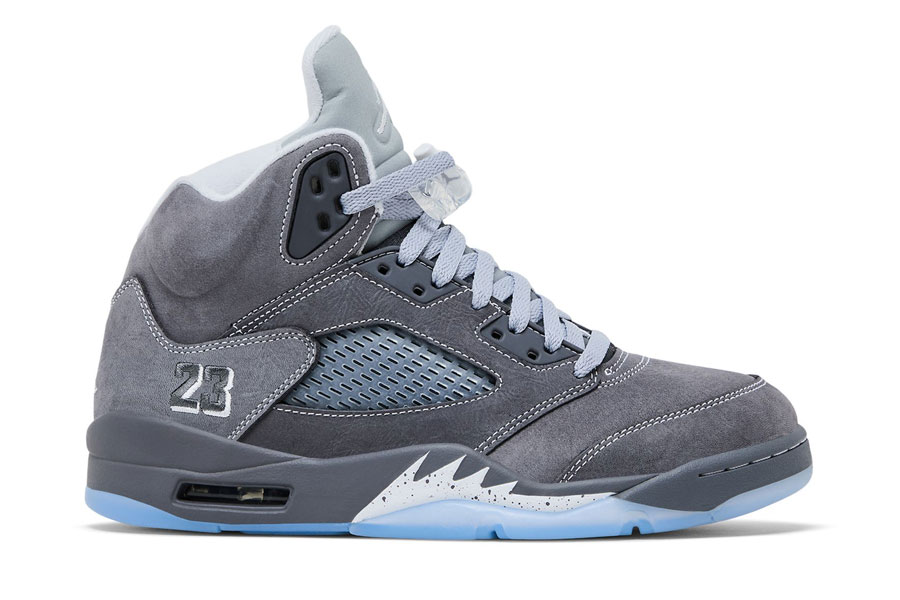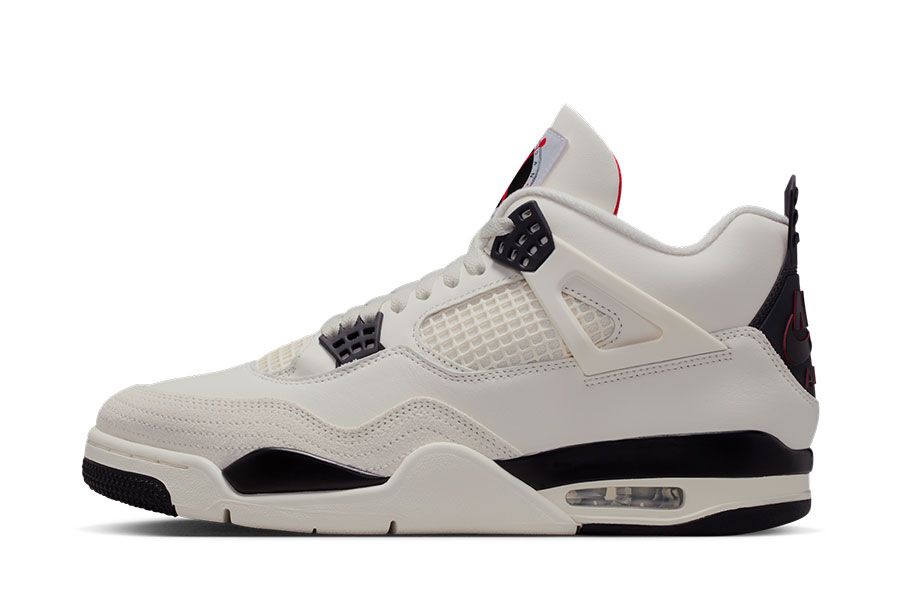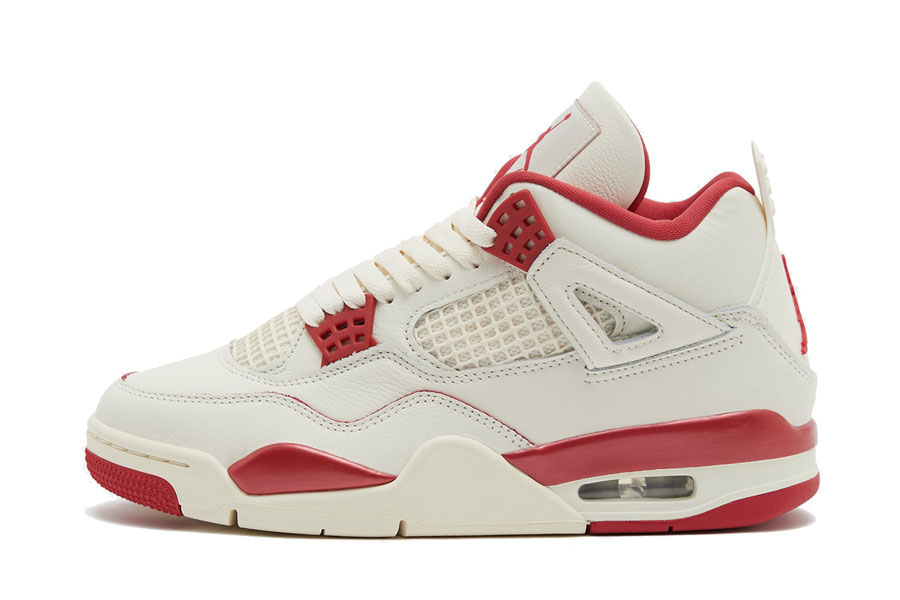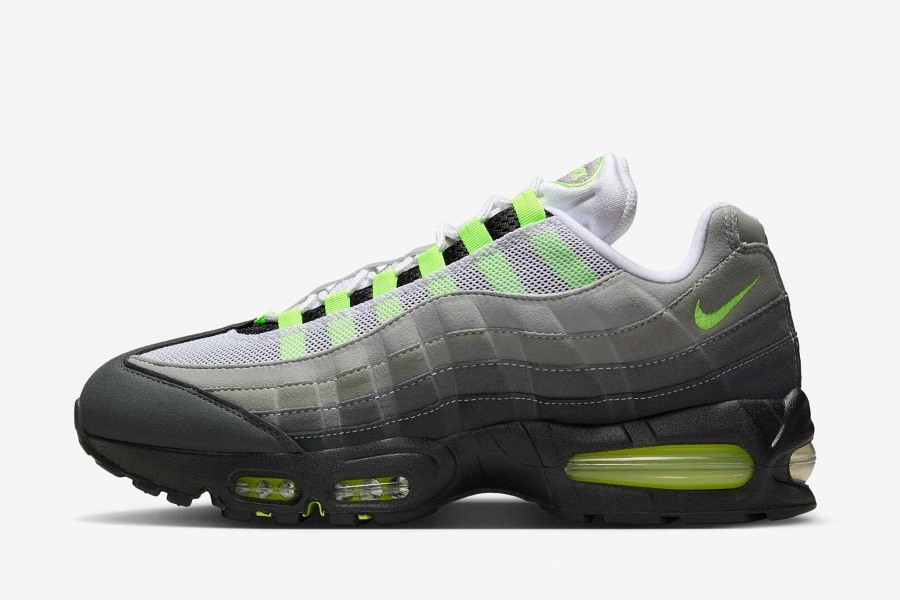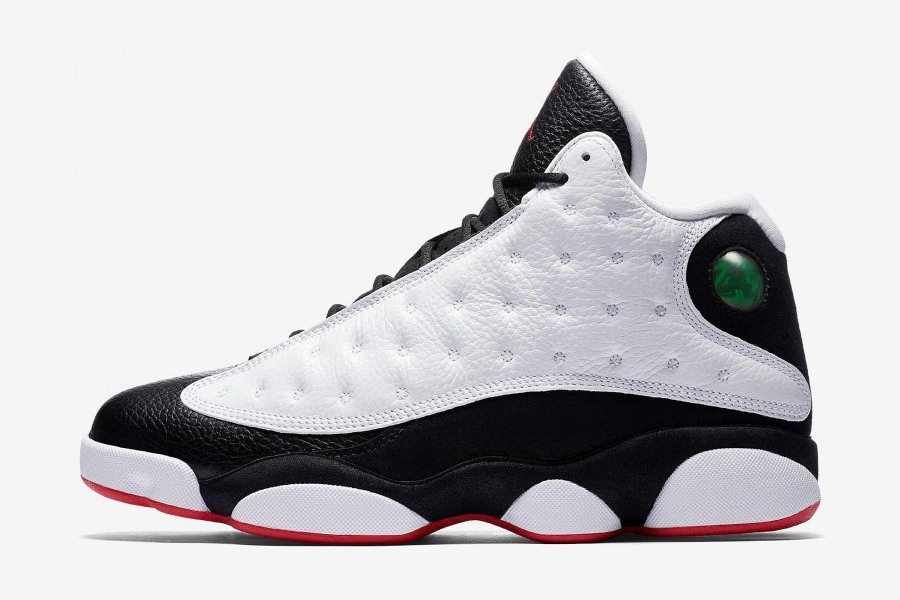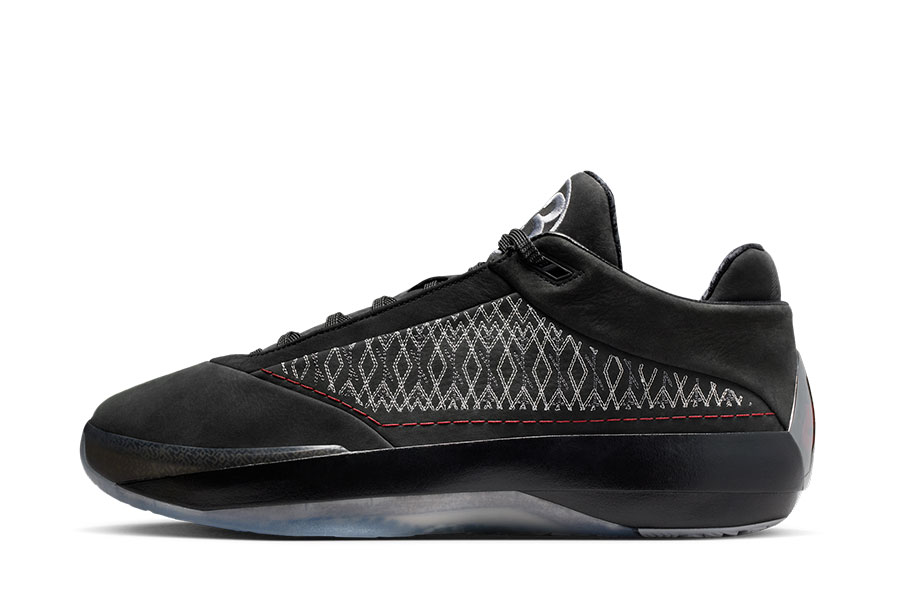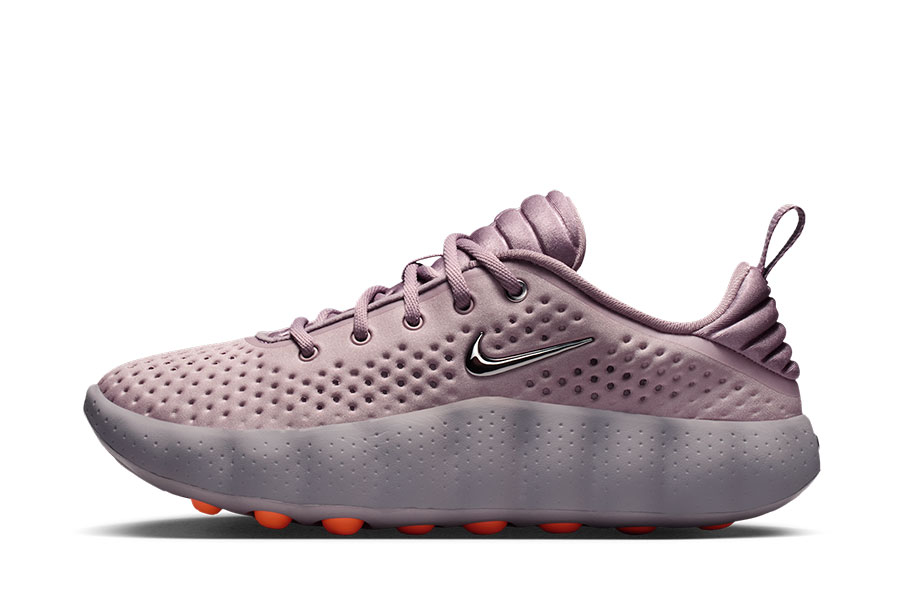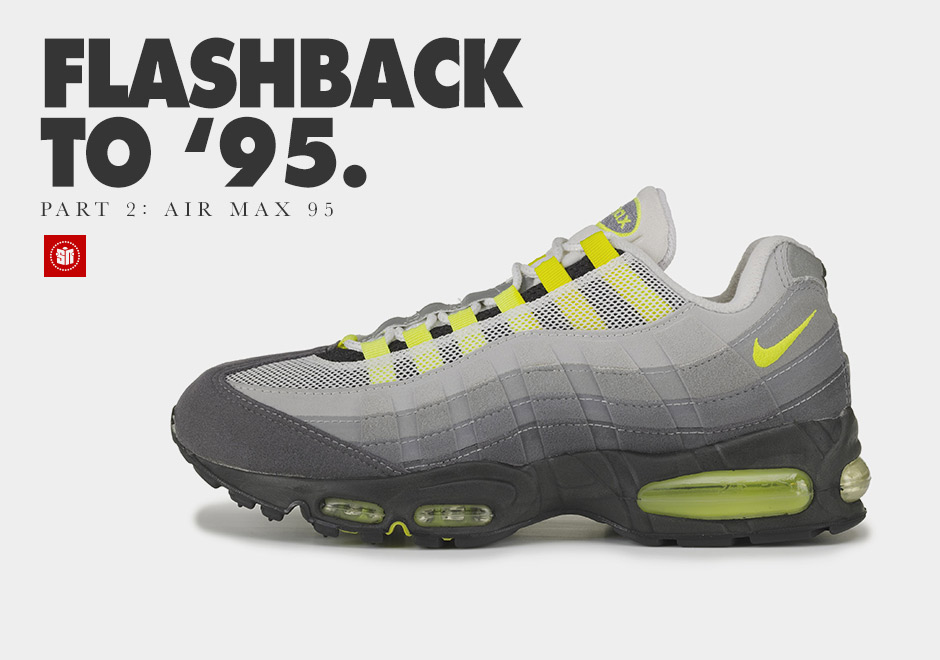
Our Flashback to ‘95 series continues this week with a look at another legendary sneaker released two decades ago during the “golden years” of athletic footwear design. Just like last week’s featured shoe, the Nike Zoom Flight ‘95, this week’s sneakers designates the important year right in the name of the shoe: the Nike Air Max 95. Continue reading for a trip back to 1995 to find out how and why the Air Max 95 would become one of the most celebrated running shoes of all time.

Unlike Any Running Shoe Before It
If you walked into a sneaker store in 1995 and saw the new Air Max model on the shelf, there was no doubt that it was going to catch your eye. The visible Air in the forefoot; the gradient upper; the black (instead of usual white) midsole; the Air Max 95 stuck out like a sore thumb on the running shoe wall. Now it’s easy to see that the bold and daring design was the catalyst for propelling the Air Max 95 to the iconic status it holds today.
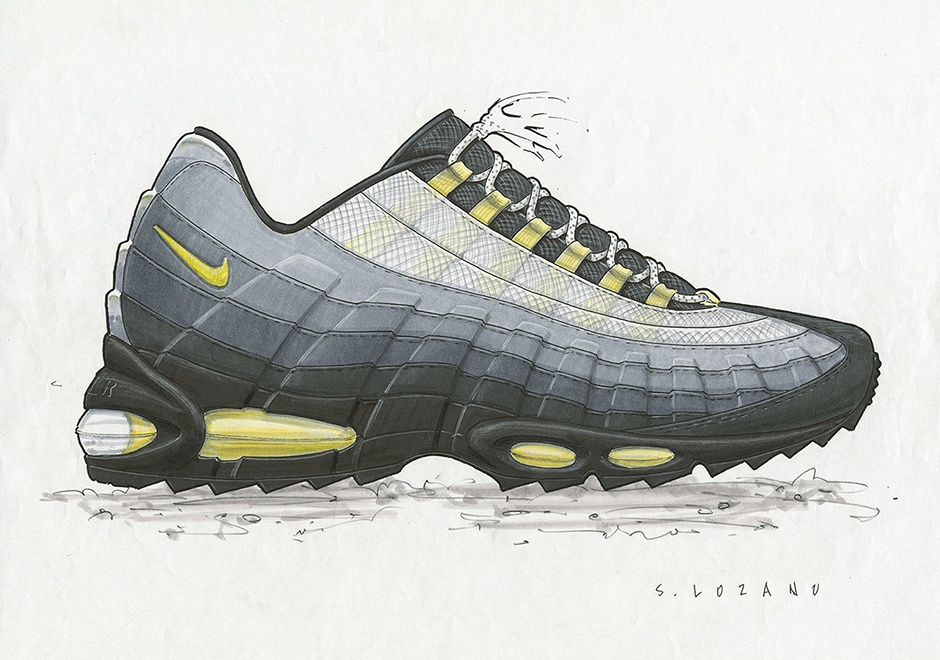
Anatomic Inspiration
Designed by Sergio Lozano, the shapes and lines of the Air Max 95 were inspired by human anatomy. The signature nylon lace loops: the rib cage. The striated lines of the upper: muscle fibers. Meanwhile, the midsole and outsole protect the Air units, mimicking a human spine.
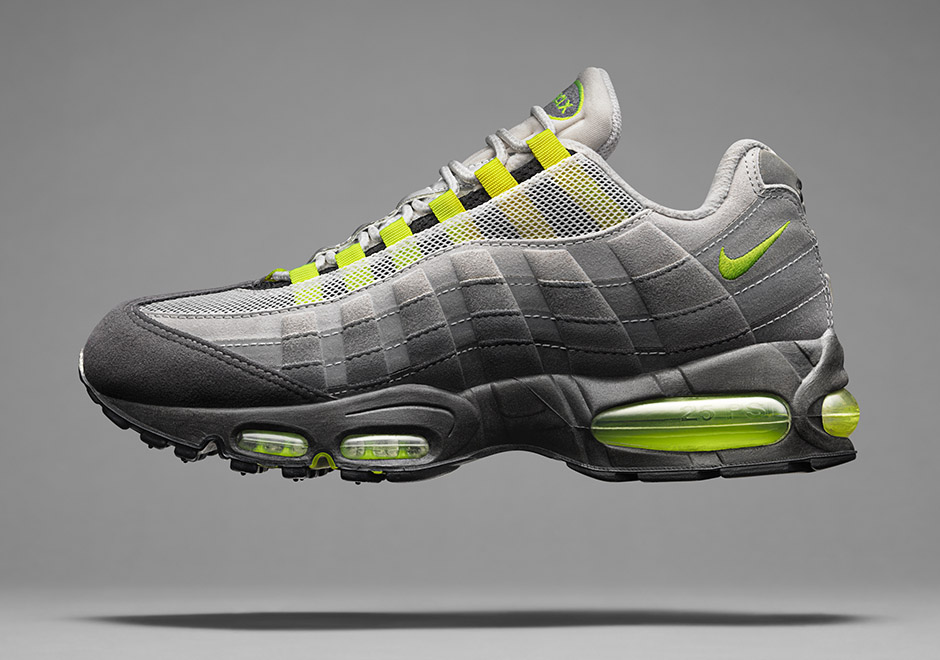
Debut of Visible Forefoot Air
One of the most significant details about the Air Max 95 is that it was the first Nike sneaker to utilize visible Air in the forefoot. Paired with the three-chambered, multi-density Air Max unit in the heel, the shoe offered more Air cushioning than ever before. The visible forefoot Air was the first step to the full-length Air bag that would show up two years later and now comes standard on each year’s new Air Max model.
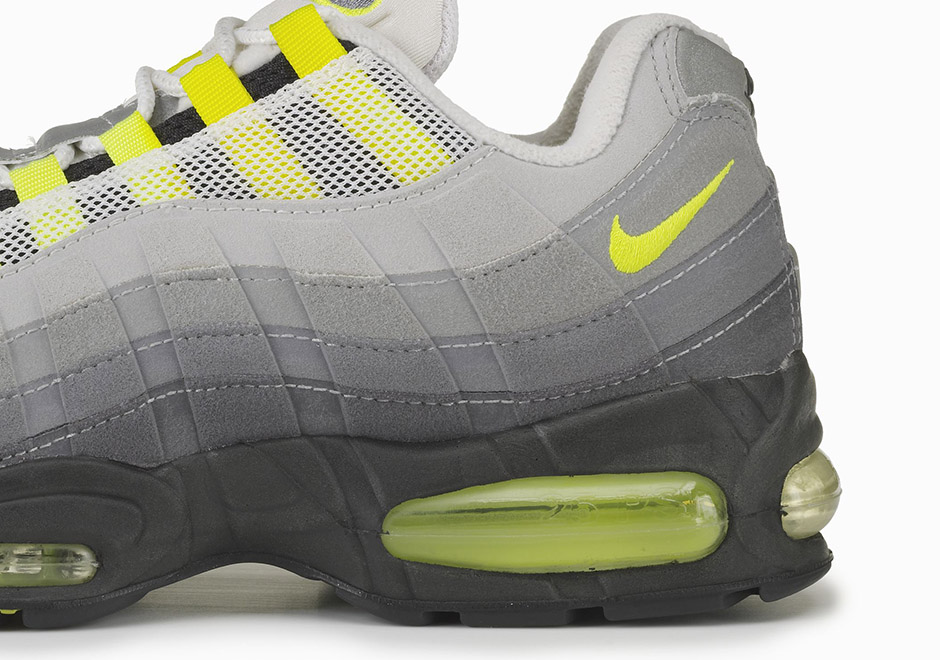
Mini Swoosh
Like most shoes with a radical new design, the Air Max 95 didn’t see the light of day without some opposition from marketing. As if the non-standard grey colorway and black midsole weren’t enough to get a few critics worried, the shoe originally didn’t feature a prominent Swoosh. Lozano eventually convinced the higher-ups that the shoe’s technology and design spoke for itself as a distinctly Nike product, and the mini Swoosh at the heel stayed put.
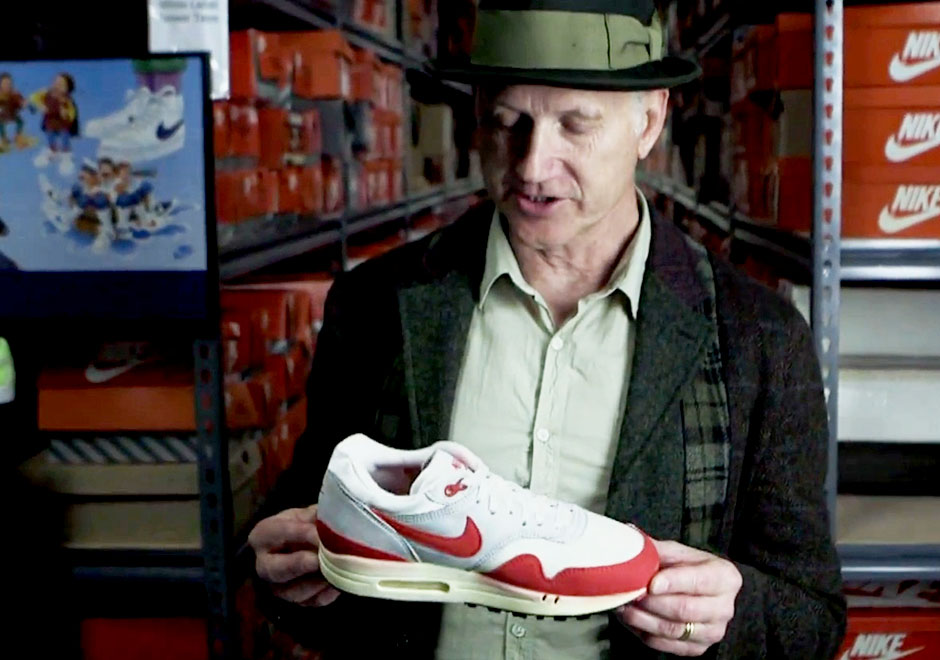
Not Co-Signed by Tinker
Although most would agree the Air Max 95 looks great, there was some criticism about its performance as an actual running shoe. Due to the design’s bulkiness and reputation for not being an ideal performance shoe, you wouldn’t find them on many core runners’ feet back in the day. Even Tinker Hatfield, who had designed most the previous Air Maxes, wasn’t a huge fan of the direction that Nike took with the 1995 edition after he bowed out of designing the Air Max series. With not much support from the actual running community, it would be the casual crowd and sneaker aficionados of various music subcultures from hip-hop to house that gave the shoe such popularity and made it into the icon it is today.
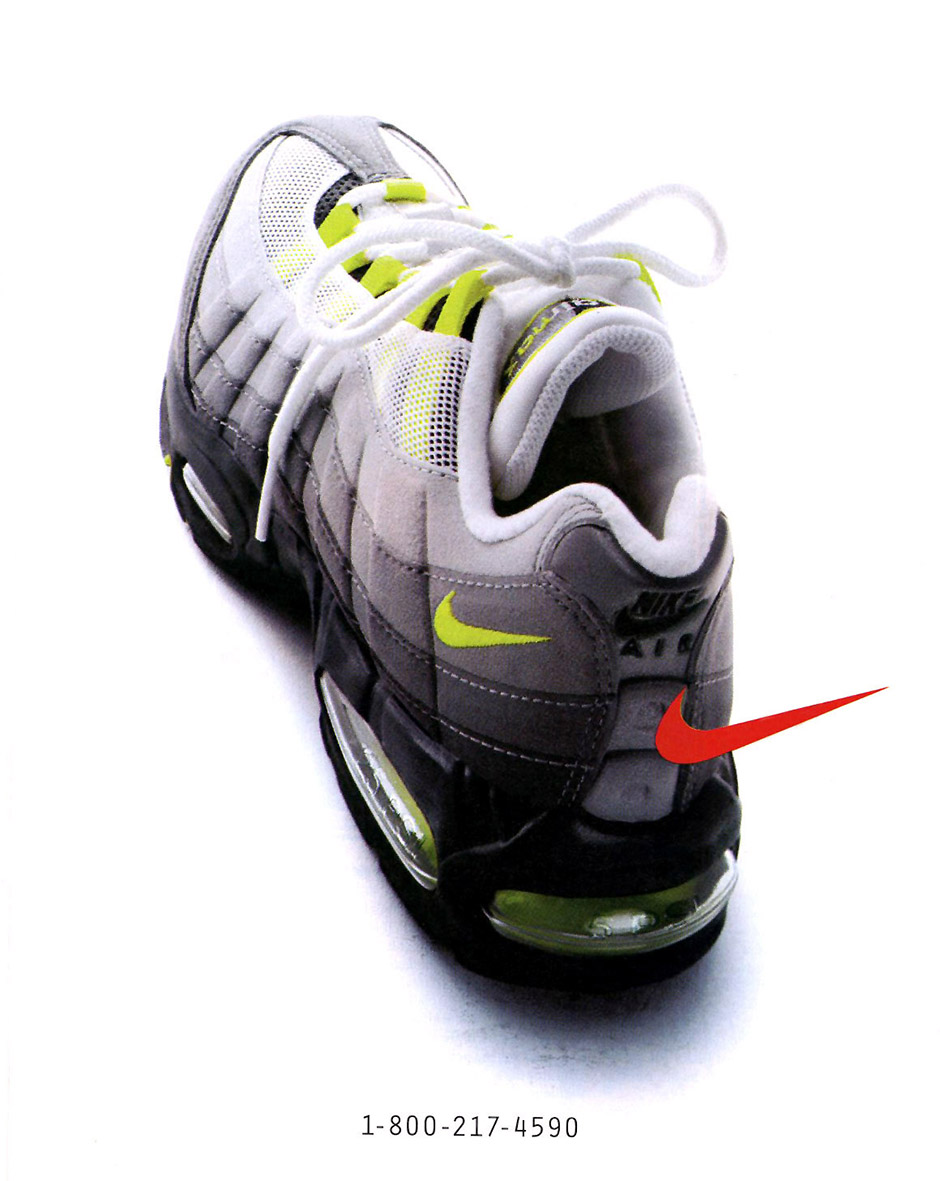
Vintage Ad
Think about every running shoe released before 1995. Now picture yourself flipping through a magazine in 1995, turning the page and seeing this shoe. The first striking imagery of a legend in the making.

